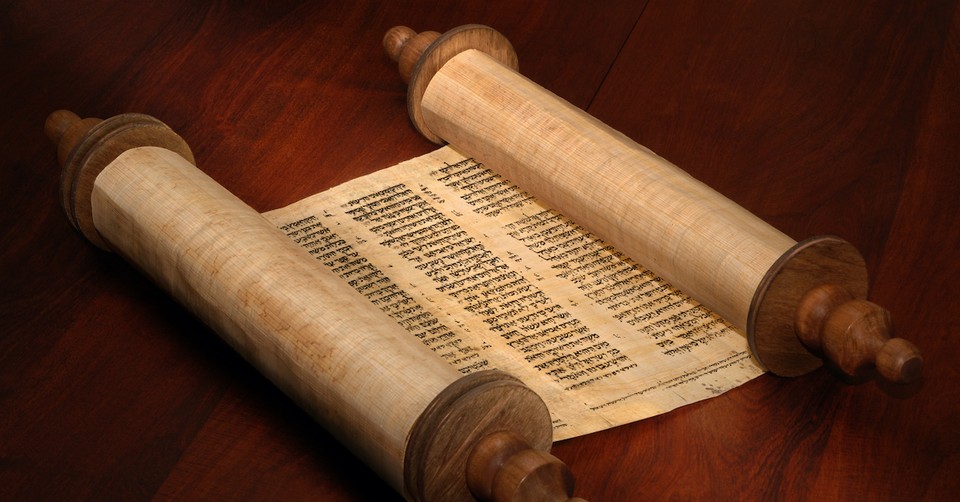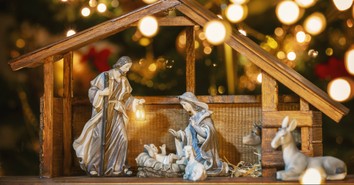What Is the Meaning and History of the Gnostic Gospels?

Almost as soon as the Early Church began changing hearts for Christ, a new heretical group popped up and tried to sway a great many away from the Gospel. This included the Gnostic Gospels, a group of writings, compiled by (you guessed it) Gnostics, in an attempt to fit the Gospel of Christ within their worldview. The Council of Nicaea later declared these books as heretical and earning no place within the New Testament canon.
But by then, many had fallen prey to the teachings of the Gnostics, several teaching of the Neo-Gnostics in which we still deal with today.
In this article, we’ll explore the Gnostic Gospels and what they teach. Then we’ll dive into what the Gnostics specifically believed and which of the books fall within the Gnostic Gospel category. Finally, we’ll explore how these books failed the canonicity test, and why we must stay vigilant for any heretical teachings that can sneak their way into our churches today.
What Do the Gnostic Gospels Teach?
The Gnostic Gospels fall under the category of something known as the pseudepigrapha. The authors in this collection write under a false name. So a Gnostic takes on the name of Peter or Thomas, so his or her “gospel” gets more traction with readers. After all, if just Joe writes a book, no one will take it seriously. But if the Gospel of Thomas is “unearthed,” suddenly people will want to pay more attention to it.
This, right off the bat, should serve as a warning sign for why we shouldn’t trust the Gnostic Gospels. But let's explore the teachings held within to see how they match up against the true Gospel.
First, we run into a number of contradictions between the true Gospels and what we find within the Gnostic gospels. For instance, take a look at the stark differences in how the Gnostic Gospels describe the death of Jesus, where the author lays out historical errors in the text.
Secondly, these Gospels fuel dangerous ideas such as the idea of Mary Magdalene being a lover of Jesus, and not meaning “a fan.” Conspiracies like this, originating from the Gnostics, have affected modern media such as The Da Vinci Code.
We’ll dive more into the heresies that the Gnostic Gospels explored, but we can know, from reading books such as the Gospel of Thomas, that these supposedly followed the life and events of Jesus. Historical inaccuracies and heresies, of course, polluted the integrity of the text. Not to mention, the Gnostic Gospels were written hundreds of years after the life of Christ, an idea we’ll explore in a moment.
What Did the Gnostics Believe?
The Gnostics, one of the earliest heretical groups to infiltrate the church, promoted a secret knowledge that could save one’s soul. They believed the body was evil and the spirit or soul was good.
Both of these initial points automatically contradict what we find in the Gospels. First of all, knowledge (or secret knowledge) does not save. Salvation comes through Christ alone, through a personal relationship with him. After all, even the demons believe and shudder (James 2:19). Secondly, God created our bodies and souls, and therefore, they are not evil things. Sin corrupts both, but that does not make our bodies inherently evil things.
Gnostics also believed in an unknowable god. This totally contradicts the God of Scripture. After all, God wants to know us deeply and personally. So much so that he sends his only Son on earth to die the death we should have died. You can’t get much more personal than that.
Finally, they seem to have a bad grasp of Jesus Christ. Many had asserted he only “appeared” to us in the body. But because the body is evil, he was actually a spirit. This completely ruins the whole idea of the incarnation. After all, if God only “appeared” to us in the body, the high price of his sacrifice on the cross would mean absolutely nothing if he had not undergone the physical agony that we know he had. This also gets dicey if you take a look at what the Gospels say about Jesus. He got tired, hungry, and thirsty. The Gnostic Gospels would make no sense here when balanced against the claims of the true New Testament.
Which Ancient Texts are the Gnostic Gospels?
We have to keep in mind that most of the pseudepigrapha was found in the mid-1900s, so we don’t have access to all the heretical writings that had plagued the Early Church. With that said, we can list the Gnostic Gospels that we do have fragments or copies of. There are about 52, so we won’t mention all of them. But we can highlight a few top contenders that have won infamy: The Gospel of Thomas, The Gospel of Truth, The Gospel of Peter, The Gospel of Mary, The Gospel of Philip, The Gospel of the Egyptians, Apocalypse of Peter, Apocryphon of John, and Sophia of Jesus Christ. Notice how many of these contain the names of those who witnessed Jesus’ miracles. The authors of these heretical books knew what they were doing. Someone would much rather pick up a book by Philip instead of one by any random Gnostic Jacob who happened to spill ink on a scroll.
Why Were the Gnostic Gospels Declared Heretical?
We’ve covered many of the points that will fall under this section above, but let’s recap some of the reasons as to why, after a few centuries of debate, the church declared these gospels as heretical. We have to understand that the devil likes to operate under half-truths. The Gnostic Gospels were just close enough to the truth of the Gospel that it led to broiling debates in the church. Thankfully, due to the Holy Spirit’s guidance, the historical tests of the manuscripts, and the tedious analysis of the text that the Council of Nicaea did, they booted these out.
First of all, they fail in the first respect because they were written centuries after the events took place. They already contain historical inaccuracies. When historians analyze a document, they give higher priority to the documents that were written closest to the events in which they happened. That’s why the Gospels have so much weight behind them, having been written 30-40 years after events, as opposed to hundreds.
Secondly, they directly contradict the information held within the Gospels. How the Council of Nicaea would determine if a book earned canonicity was they would compare it with previous scriptures that had been let into the canon. These books contained information that blatantly went against what the Bible said.
Finally, the fact authors operated under a pseudonym already shows they had ulterior motives. After all, they knew that if they wrote under a name like Mary or Peter that the book would sway more audiences. After all, Mary and Thomas and Peter were eyewitnesses to the events. And we trust eyewitnesses a lot more than hearsay.
It’s important that we learn about the Gnostic Gospels because we find heretical ideas that infiltrate the church all the time. It sounds close enough to the truth that it can cause debates within Christians circles. Watch and be vigilant, friends, so that any false gospel, operating under a metaphorical pseudonym, has not infiltrated your church.
Further Reading:
Gnosticism - International Standard Bible Encyclopedia
Photo Credit: ©GettyImages/jgroup
Hope Bolinger is an acquisitions editor at End Game Press, book editor for hire, and the author of almost 30 books. More than 1500 of her works have been featured in various publications. Check out her books at hopebolinger.com for clean books in most genres, great for adults and kids. Check out her editing profile at Reedsy.com to find out about hiring her for your next book project.
Originally published March 10, 2022.







